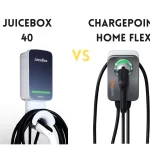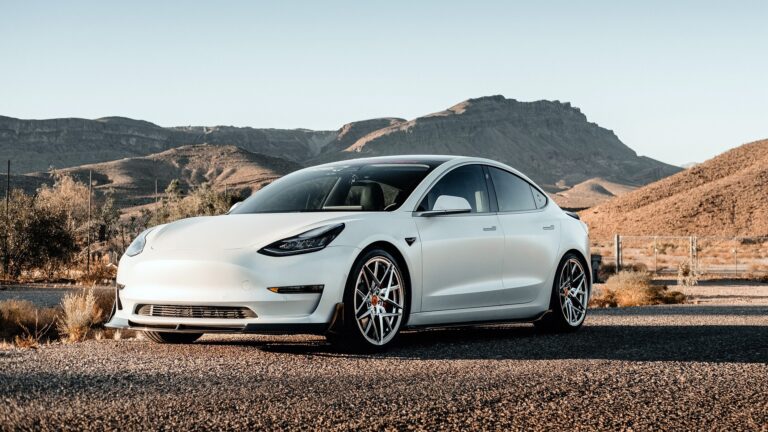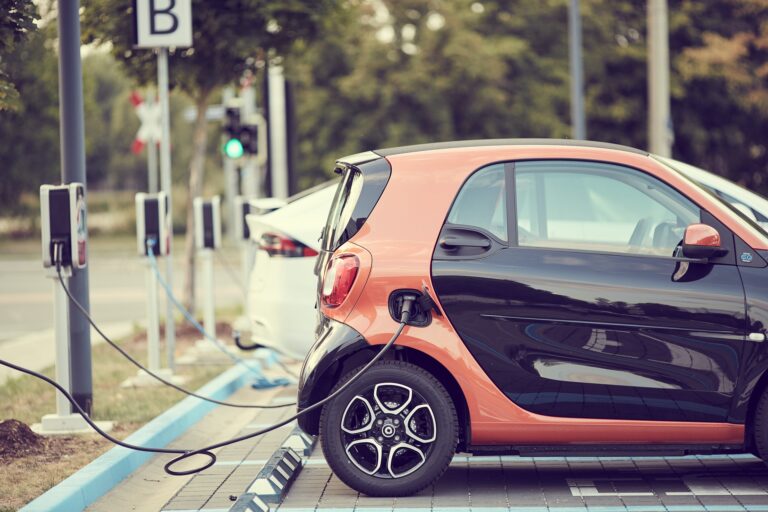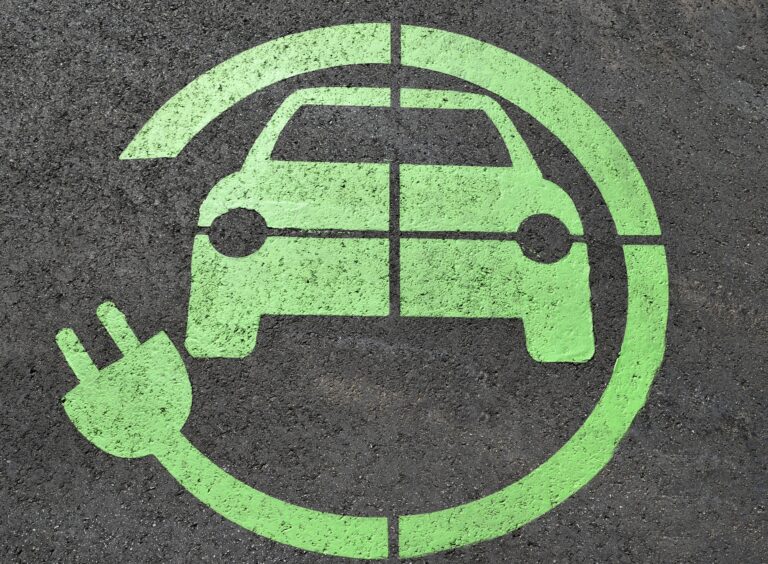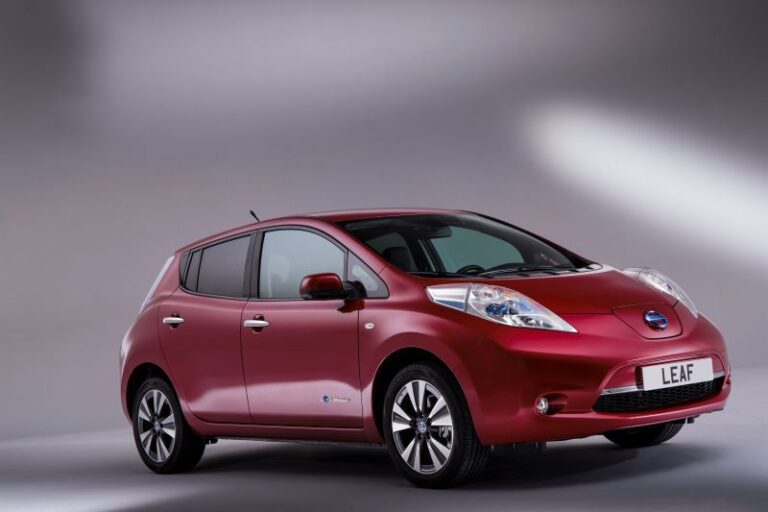Electric cars have gained increasing popularity in recent years as a cleaner and more efficient alternative to traditional gas-powered vehicles. While there are many benefits to owning an electric car, such as lower operating costs and reduced environmental impact, there are still several challenges that electric car owners must contend with. In this essay, we will examine the biggest problem with electric cars and how it affects different regions, including the United States, Canada, and Europe.
The biggest problem with electric cars is their limited driving range. While gas-powered vehicles can travel several hundred miles on a single tank of gas, electric cars typically have a range of around 100-300 miles, depending on the make and model. This can make it challenging for electric car owners to take long road trips without careful planning and access to charging stations along the way. Additionally, the charging time for electric cars can be significantly longer than filling up a gas tank, further limiting their usability for long-distance travel.
This issue affects different regions in different ways. In the United States, where long road trips are more common due to the vast distances between cities, the limited driving range of electric cars can be a significant deterrent for potential buyers. While there are some efforts underway to expand the network of charging stations across the country, the availability of charging infrastructure remains a challenge, particularly in more rural areas.
In Canada, the issue is compounded by the country’s cold weather and vast geography. The range of an electric car’s battery can be significantly reduced in colder temperatures, meaning that drivers may need to recharge more frequently during the winter months. Additionally, the vast distances between cities and the limited charging infrastructure in some regions can make it challenging for electric car owners to travel long distances. On the other hand, the Canadian federal and provincial governments have implemented incentives for electric car buyers and home charging station installations. This will further increase electric car sales in this region.
In Europe, the limited driving range of electric cars is also a significant issue, particularly in countries with large rural areas, such as France and Germany. However, the smaller size of many European countries and the dense network of public transportation options make electric cars more practical for city driving and shorter trips. Additionally, many European countries have implemented incentives for electric car buyers, such as tax breaks and access to carpool lanes, to encourage the adoption of electric vehicles.
In conclusion, the biggest problem with electric cars is their limited driving range, which can make them impractical for long-distance travel without careful planning and access to charging infrastructure. While this issue affects different regions in different ways, it remains a significant challenge for electric car owners worldwide. However, ongoing efforts to expand the network of charging stations, improve battery technology, and incentivize the adoption of electric vehicles are helping to address this problem over time.


